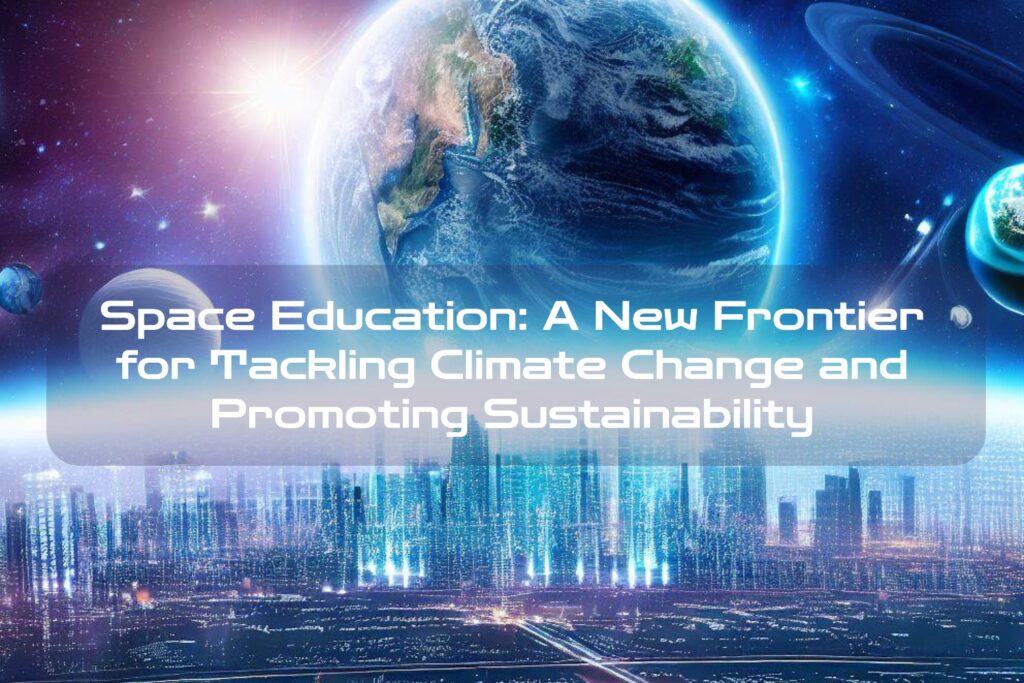The potential of space education for addressing global challenges
When we think of space education, we often think of astronauts, space missions, and exploring the universe. However, space education has the potential to do much more than that. It can contribute to solving some of the most pressing global challenges we face today, such as climate change and sustainability.
By using space technologies and data, we can gain a better understanding of our planet’s environment and resources. This knowledge can help us make informed decisions about how to manage those resources in a sustainable way.
Importance of climate change and sustainability as global challenges

Climate change is one of the most urgent global challenges we face today. The effects are felt around the world through rising sea levels, increasing temperatures, and extreme weather events like hurricanes and droughts. It’s clear that urgent action is needed to mitigate its impact on our planet.
Sustainability is also crucial for ensuring a healthy future for ourselves and future generations. We need to find ways to use natural resources in a way that supports economic growth while preserving the environment for future generations.
In light of these pressing issues, it becomes clear that finding innovative solutions through science is crucial – this includes utilizing data from outside our atmosphere – from where satellites orbiting the earth can provide invaluable insights into our planet’s systems.
The Role of Space Education in Addressing Climate Change
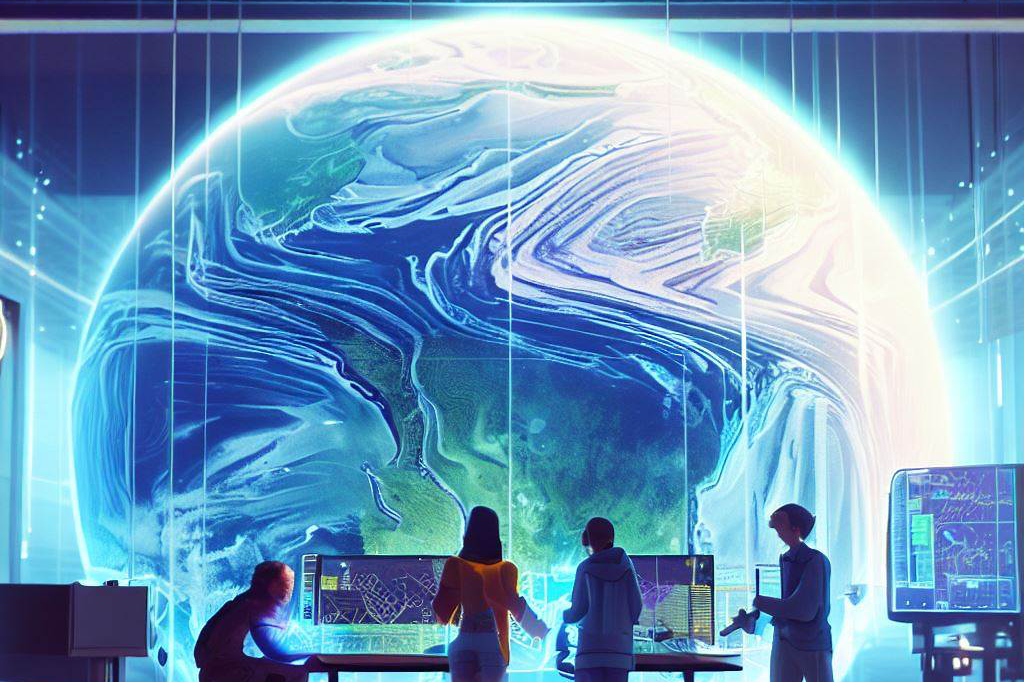
Climate change is one of the most critical global challenges that the world faces today. It is a complex topic, and addressing it requires a multifaceted approach.
Space education can play an essential role in addressing climate change by providing us with the tools and technologies to study and mitigate its effects. One way space education helps us address climate change is through the use of satellites.
Satellites can help us monitor changes in sea level, temperature, and atmospheric composition. For instance, NASA’s Gravity Recovery And Climate Experiment (GRACE) satellites measure changes in Earth’s gravity field to determine how ice sheets and glaciers are melting.
This information is crucial for understanding sea-level rise, which can have devastating effects on coastal cities. Remote sensing is another technology that space education uses to study climate change.
Remote sensing refers to collecting data about Earth from a distance – often using satellites or aircraft equipped with specialized sensors. Remote sensing data provides a wealth of information about Earth’s surface features, such as vegetation cover or water availability, which are drivers of climate patterns and affect ecosystems’ health.
Using space technology for climate monitoring and mitigation has many benefits. Space-based observations provide global coverage that we cannot get otherwise, making it easier to identify significant trends accurately.
They also provide near-real-time data, which allows us to respond quickly when unexpected changes happen – like when hurricanes or wildfires develop. Overall, space education has tremendous potential in helping us address the pressing issue of climate change by providing innovative tools for study and mitigation efforts.
Examples of Space Technologies Used To Study Climate Change
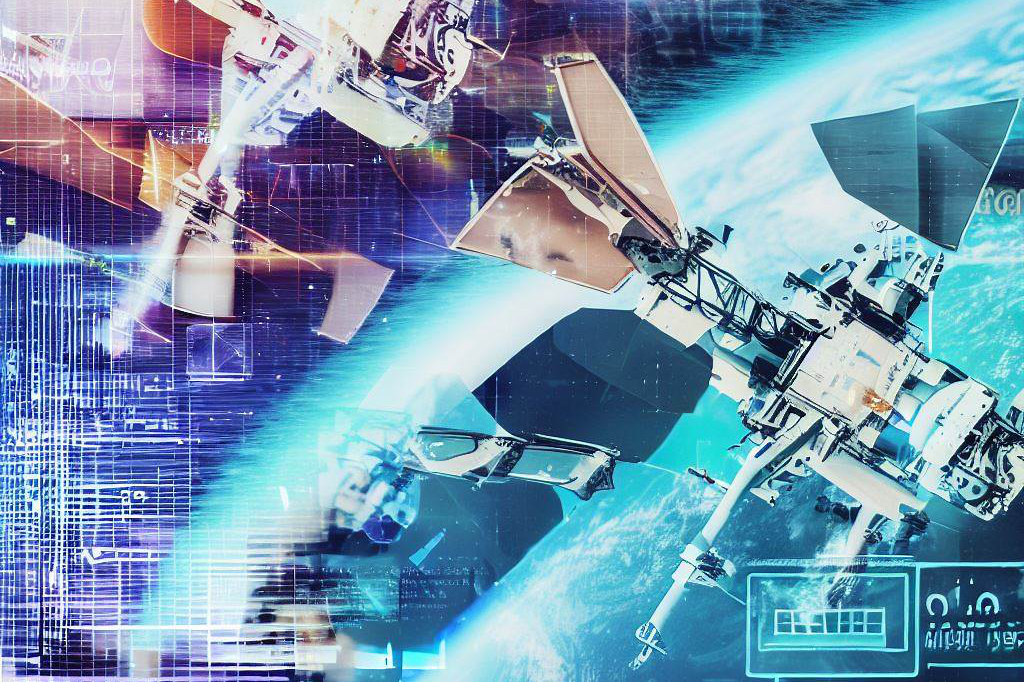
As mentioned earlier, space-based technology plays an essential role in studying climate change – so let’s take a closer look at some examples:
– The European Space Agency’s (ESA) Sentinel-5P satellite monitors air pollution levels globally.
– NASA’s Orbiting Carbon Observatory 3 (OCO-3) measures carbon dioxide levels in Earth’s atmosphere to track emissions and their impact on climate change.
– The US National Oceanic and Atmospheric Administration (NOAA) has a fleet of weather satellites that provide critical data for predicting severe weather events.
These space technologies work together to provide a comprehensive view of climate change, from monitoring specific locations’ changes to understanding how the entire system works.
How Space Technology Can Mitigate Climate Change
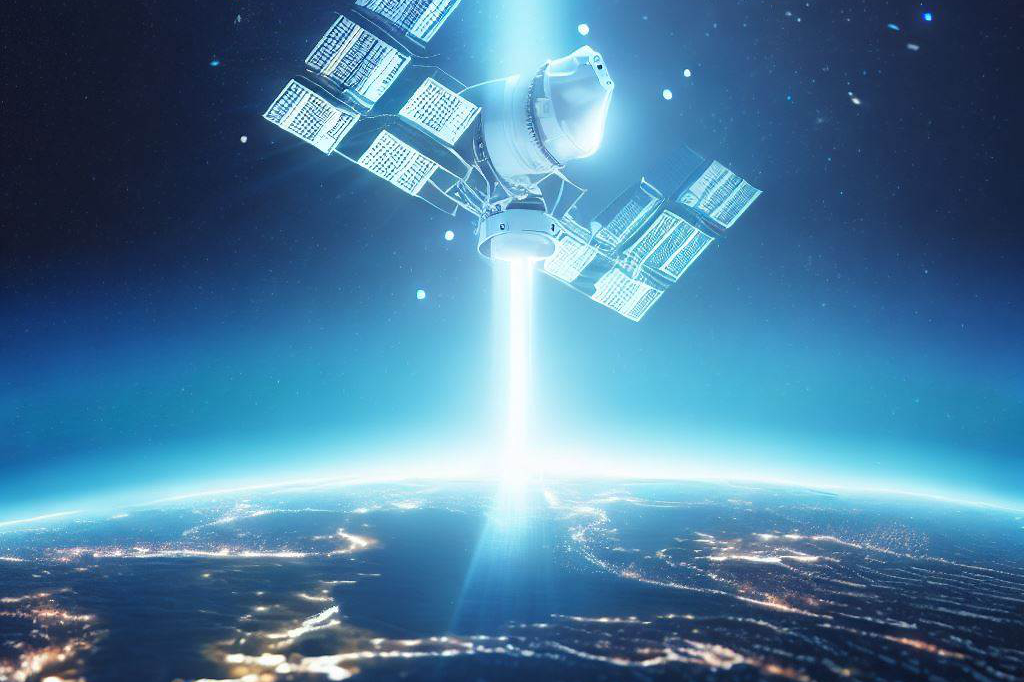
Space education can also help mitigate the effects of climate change by providing solutions that reduce greenhouse gas emissions or improve resilience against its impacts. Here are some examples:
– Satellite-based solar power stations can harvest energy directly from sunlight without needing land space or transmission lines. This technology could provide clean energy to remote or underdeveloped regions.
– Space-based agriculture can use data from satellites to optimize crop yields and reduce water use, which helps combat the impact of droughts.
– Monitoring deforestation using satellite imagery and taking mitigating measures such as planting trees in degraded areas.
Overall, space education provides essential tools for studying and mitigating the effects of climate change. By leveraging technological advancements in this field, we can take significant steps towards creating a sustainable future.
Space Education and Sustainability
The Connection Between Space Education and Sustainability

Sustainability is a critical global challenge, and space education is an effective tool for promoting sustainable practices. Space technology can monitor natural resources more accurately than ever before, allowing us to understand the environment’s current state better.
This knowledge can then be used to implement effective plans for sustainable development that benefit both people and the planet. Space education promotes sustainability by providing relevant data on natural resources like water, forests, and oceans.
With this information, policymakers can make informed decisions about how to manage these resources sustainably. By utilizing space technology in this way, we can develop strategies that ensure long-term resource availability while minimizing environmental harm.
Examples of Space Technologies Used to Monitor Natural Resources
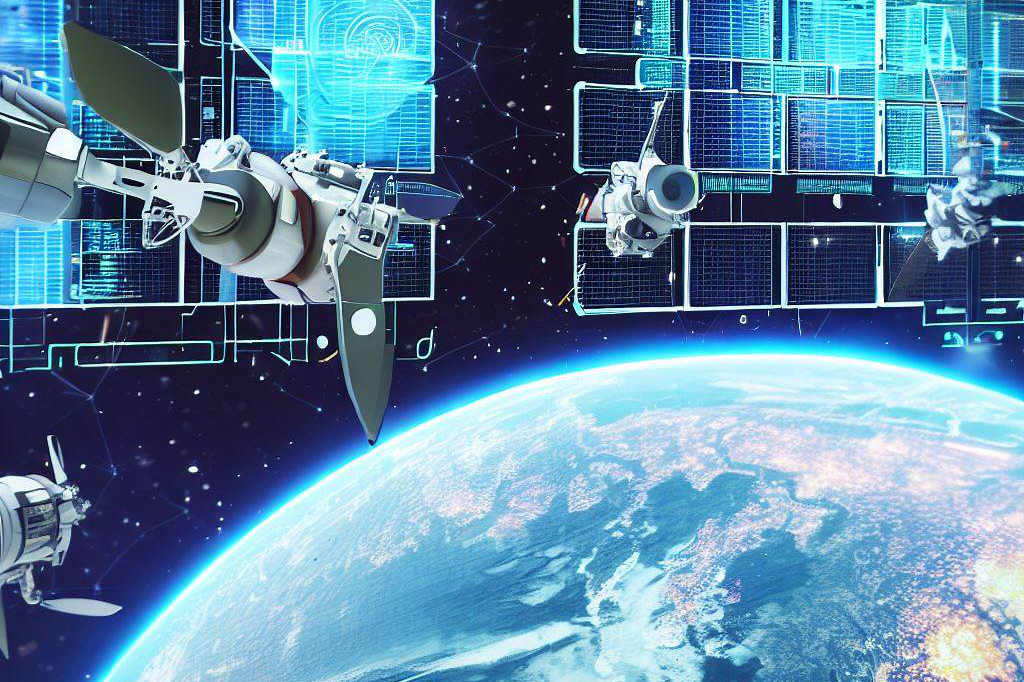
Satellite imagery is one of the most important tools used for monitoring natural resources from space. Satellites provide high-resolution images that allow researchers to study changes in land use patterns over time.
These images help identify areas where forests are being destroyed or where pollution levels are high. Another example of space technology used for sustainability is remote sensing technology.
It uses sensors on satellites or aircraft to measure physical properties such as temperature, soil moisture content, vegetation cover, etc., remotely. These measurements help predict crop yields better, monitor deforestation rates more efficiently, and even detect illegal fishing practices.
Benefits of Using Space Technology for Sustainable Development Planning

The benefits of using space technology in sustainable development planning are many-fold;
- it helps reduce costs associated with data collection by bringing accurate data at a low cost via satellites;
- it makes management decision-making more efficient;
- it assists in identifying areas with high ecological sensitivity that require protection measures quickly;
- contributing towards achieving sustainable development goals through efficiency gains in resource management methods.
Space education offers practical solutions to some of the most pressing global challenges we face today. By utilizing space technology to monitor natural resources and promote sustainable development, we can create a better future for ourselves and future generations.
The Role of Space Education in Addressing Global Challenges
How space education can contribute to solving global challenges

Space education can be a powerful tool for addressing some of the world’s most pressing challenges. By learning about space, we can gain a better understanding of our planet and its place in the universe. This knowledge can help us address global challenges such as climate change and sustainability.
For example, by using satellite imagery to track changes in the Earth’s atmosphere or land cover, we can better understand the impact of human activity on the environment. In addition, space education can inspire young people to pursue careers in science and engineering.
These fields are critical for developing new technologies and solutions that can help address global challenges. By encouraging more students to study science and engineering, we can create a pipeline of talent that is equipped to tackle these issues.
Importance of interdisciplinary collaboration between different fields (e.g. science, engineering, and policy)
Solving global challenges requires collaboration across different fields, including science, engineering, policy, and many others. Space education can play an important role in promoting this type of interdisciplinary collaboration. By learning about space-related topics that touch on many different areas of expertise – from physics and astronomy to environmental science and public policy – students are exposed to a wide range of disciplines that they might not otherwise encounter.
At the same time, space-related research often requires collaboration between experts from different fields. For example, developing new satellite technology may require input from electrical engineers as well as environmental scientists who understand how that technology will be used to monitor sensitive ecosystems or track changes in atmospheric composition.
Potential impact on future generations

The potential impact of space education on future generations cannot be overstated. By inspiring young people to pursue careers in science and engineering, we are building a foundation for innovation that will help address global challenges for decades to come. In addition, the knowledge gained through space education can be used to inform policy decisions that will impact future generations.
For example, understanding the effects of climate change on our planet can help inform policies designed to reduce greenhouse gas emissions and protect vulnerable communities. Similarly, knowledge gained through space-related research can inform decisions about how best to use our natural resources and promote sustainable development.
Overall, space education has enormous potential to contribute to efforts aimed at addressing global challenges such as climate change and sustainability. By promoting interdisciplinary collaboration and inspiring future generations of scientists and engineers, we can build a better future for ourselves and our planet.
Final Thoughts

The potential of space education to help address global challenges such as climate change and sustainability is immense. By studying and using space technology, we can better understand our planet and its natural resources, monitor changes over time, and develop sustainable solutions for the future. Space education can contribute to solving global challenges by fostering interdisciplinary collaboration between different fields such as science, engineering, policy-making, and many others.
It offers us a unique perspective on our planet that helps us see it not just as individual countries or regions but as a single interrelated ecosystem that requires collective action to protect. The impact of space education on future generations cannot be overstated.
By investing in this field today, we are ensuring that the next generation will have access to the tools they need to tackle the complex challenges that lie ahead with a deeper understanding of how our planet works. Therefore, let us embrace the potential of space education and use it to create a brighter future for ourselves and generations yet unborn.

C M, a seasoned editor, journalist, and consultant, is deeply fascinated by the convergence of technology, space, and the future of humanity.
With a particular interest in transhumanity, futurology, and the philosophical and ethical dimensions of these domains, C M serves as the lead contributor to SpaceSpotlight and TranscendSphere.
When not penning insightful articles on these rapidly evolving fields, C M indulges in their love for podcasts and books, proudly embracing their status as a ‘Happy Nerd Extraordinaire!’
